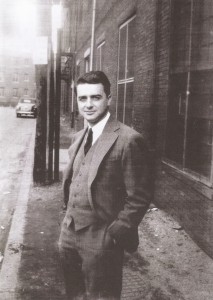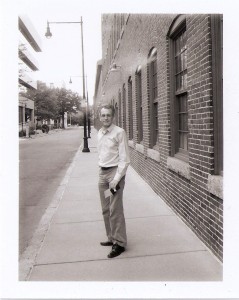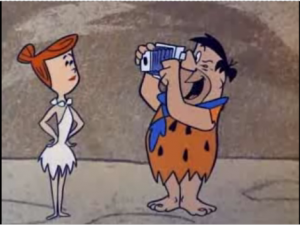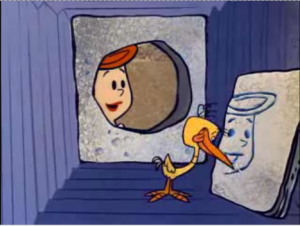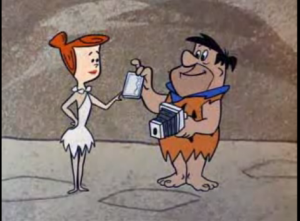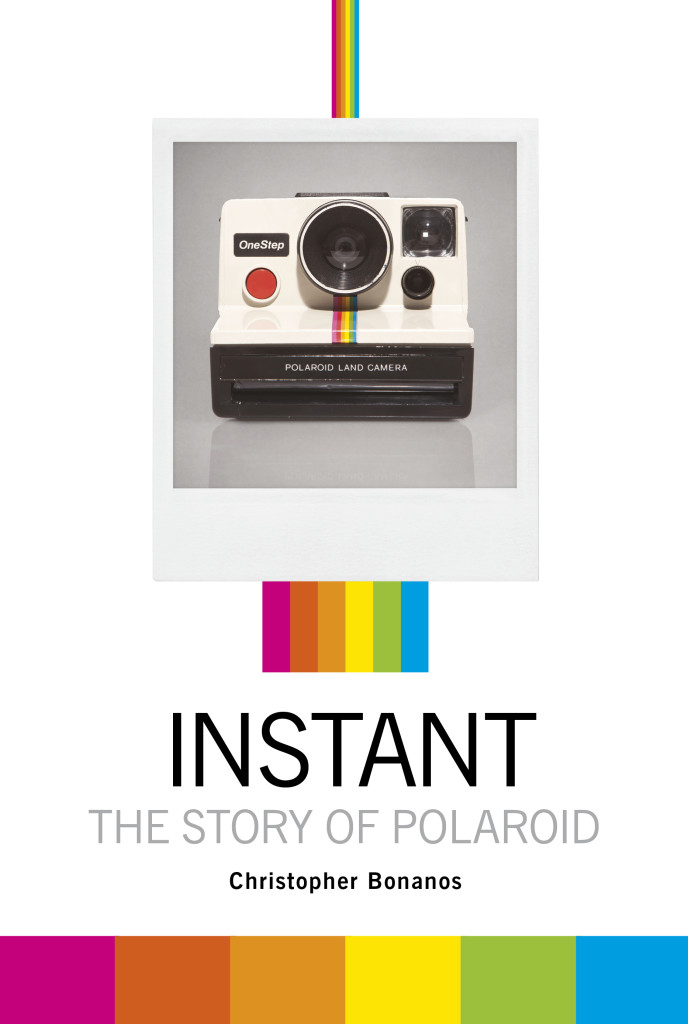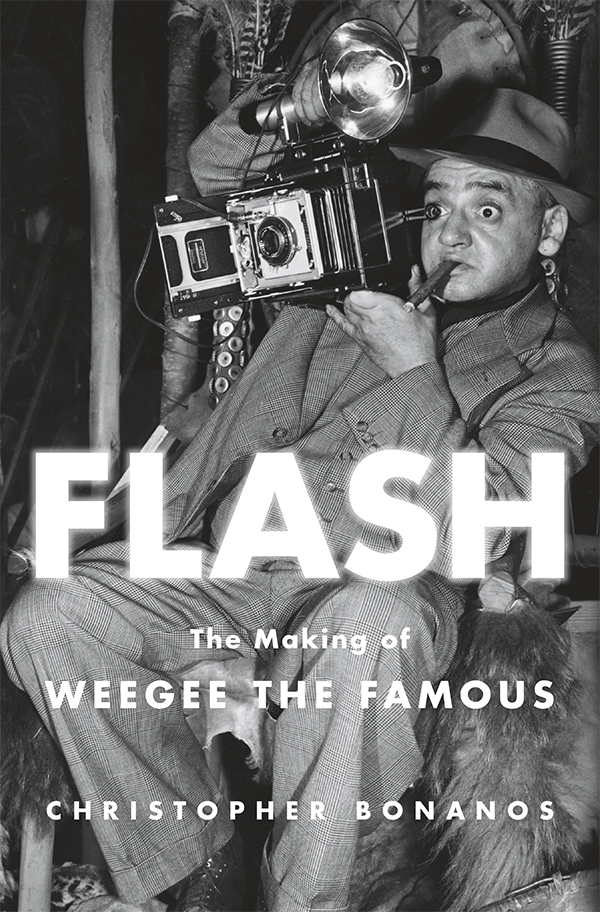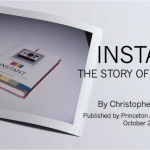 I must admit that, when I found out the other day that there’s another Polaroid book coming out this year—from the sister company of my own book’s publisher, no less—I briefly freaked out. Once I calmed down, I discovered that it is a very different project—a complement, not a competitor, to mine. (It even appears to include some stuff I wanted to have in my book and couldn’t. The tyranny of hitting your word count.) So: thumbs-up, and whew.
I must admit that, when I found out the other day that there’s another Polaroid book coming out this year—from the sister company of my own book’s publisher, no less—I briefly freaked out. Once I calmed down, I discovered that it is a very different project—a complement, not a competitor, to mine. (It even appears to include some stuff I wanted to have in my book and couldn’t. The tyranny of hitting your word count.) So: thumbs-up, and whew.
Instant Love (no relation to Jami Attenberg’s excellent novel, by the way) is an instructional volume, devoted to getting the most out of your instant camera, using the range of film and equipment that we diehards have available to us today. It looks to me extremely accessible—the sort of book that both gear-obsessed photographers and scrapbooking kids will find helpful. More about it here, from co-author Susannah Conway; Amazon link to buy here. More about it once the pub date rolls around in May.
A photographer named Heather Powazek Champ has just posted an excellent visual diary of Impossible‘s progress, from its first (somewhat frustrating) color film to its impressive new PX70. Click here to view.
Polaroid got its start in a few places—briefly an apartment in New York, then a couple of buildings in Cambridge and Connecticut—but it really got rolling in a former furniture factory near the MIT campus. The building at 2 Osborn Street was a dilapidated old industrial brick thing back then—Edwin Land once called it “wretched”–but it had an extraordinary history of invention. Alexander Graham Bell’s first long-distance call, from Boston to Cambridge, had been received in that same building. Land moved in in the late 1930s, and Polaroid kept the building, as far as I can tell, until at least the 1990s. Land’s own lab was there, even after Polaroid moved its headquarters to a big modern complex at Technology Square, and I get the sense that he preferred its no-nonsense clutter to Tech Square’s corporate polish.
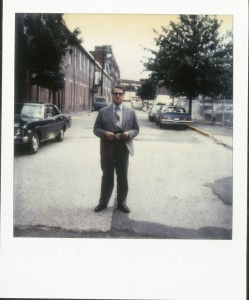 And about 30 years later (with Polaroid pictures in hand; photo courtesy of Bill Warriner):
And about 30 years later (with Polaroid pictures in hand; photo courtesy of Bill Warriner):
The Osborn Street lab is now part of MIT, and although the neighborhood is still home to a lot of of light industry, the building is spiffier than it used to be. Your author, attempting to replicate Land’s 1947 pose a little farther up the block (shot with a leaky Polaroid Automatic 100 camera):
Compare the cleanliness of the sidewalk, then and now.
Fun discovery: The building around the corner on Main Street is the Tootsie Roll factory.
Just got tipped by my friend Bob to the existence of this: “Flashgun Freddie,” an episode of The Flintstones from 1962. Fred and Barney buy themselves a Polarock instant camera, and hijinx ensue.
Of course, I mostly enjoyed watching the camera work. First you aim and focus…
Then the, er, development mechanism snaps into action…
And then Wilma gets her photo.
It’s the modern stone-age camera! Make your own remarks about technological dinosaurs, extinction, etc.
Over at Forbes, Martin Sosnoff, a money manager who started watching Polaroid in 1961, explains here why APPL probably is not about to follow PRD down the drain, despite that provocative headline. All the same, he suggests that Apple ought to be paying a dividend, and that it needs to generally be paying more attention to its shareholders.
Can’t say I entirely agree. If I owned Apple stock, I’d have been pretty happy these past couple of years. Besides, paying out dividends would mean spending less on Apple’s greatest asset—its awesome product-development machinery—which seems shortsighted to me.
But I’ll say that Sosnoff does include an extremely astute reading of what happened at Polaroid in the sixties and seventies, and that makes me wonder if he knows something here. Most of all, he recognizes one fact that most analysts miss: that the first real competitor that Polaroid had trouble with was not digital cameras, not cell-phone cameras, not Kodak instant film, but the one-hour photo lab. It was Kodak’s doing, via a new high-temperature processing system introduced around 1970, and it really dug into Polaroid’s reason for being. The difference between seeing your photo after a couple of days vs. seeing it in 60 seconds had been inarguable. But if you could get a 35-mm. roll processed while you were grocery-shopping–well, for a great deal of everyday photography, that was a much more tolerable situation.
The Impossible Project—keepers of the SX70 flame—has had a tough go of it, and its name has, at times, seemed a little too on-the-nose. The company’s first films, released in mid-2010, were maddening to use, and some of them produced images that degraded to nothing within days. Every iteration of Impossible’s product gets a little better, however, and this week we saw the first photos on Impossible’s latest film, called PX70. Here’s a test image, by Flickr user Manfred von Koreander (his copyright; click through here to see more):
It is too soon to say Impossible has all its problems licked (opacification being the big one). But it has come a loooooong way from those early products. This film looks almost as clean as Polaroid’s own 600. I am impressed, hopeful, and heartened. I am also headed down to the Impossible store, to get some of this stuff for myself. Nice work, guys. Keep it coming.
LEGALITIES
This site is not connected with or endorsed by Polaroid or PLR IP Holdings, owners of the Polaroid trademark.ON TWITTER
My TweetsBlogroll
- 'Insisting on the Impossible'
- Everything Reminds Me of You
- Flickr's Polaroid group
- Instant Options
- LandCameras.com
- Paul Giambarba: Analog Photography At Its Best
- Paul Giambarba: The Branding of Polaroid
- Polaroid
- Polaroid SF
- Rare Medium
- The Impossible Project
- The Land List
- The New55 Project
- Vintage Instant

